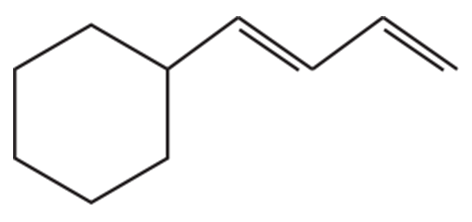Predict the product of the following aldehyde and ketone addition reactions.
(c)

 Verified step by step guidance
Verified step by step guidance Verified video answer for a similar problem:
Verified video answer for a similar problem:


 0:24m
0:24mMaster Intro to Predict the Product with a bite sized video explanation from Johnny
Start learning